The ANTIOXYDANT fruits of Quebec
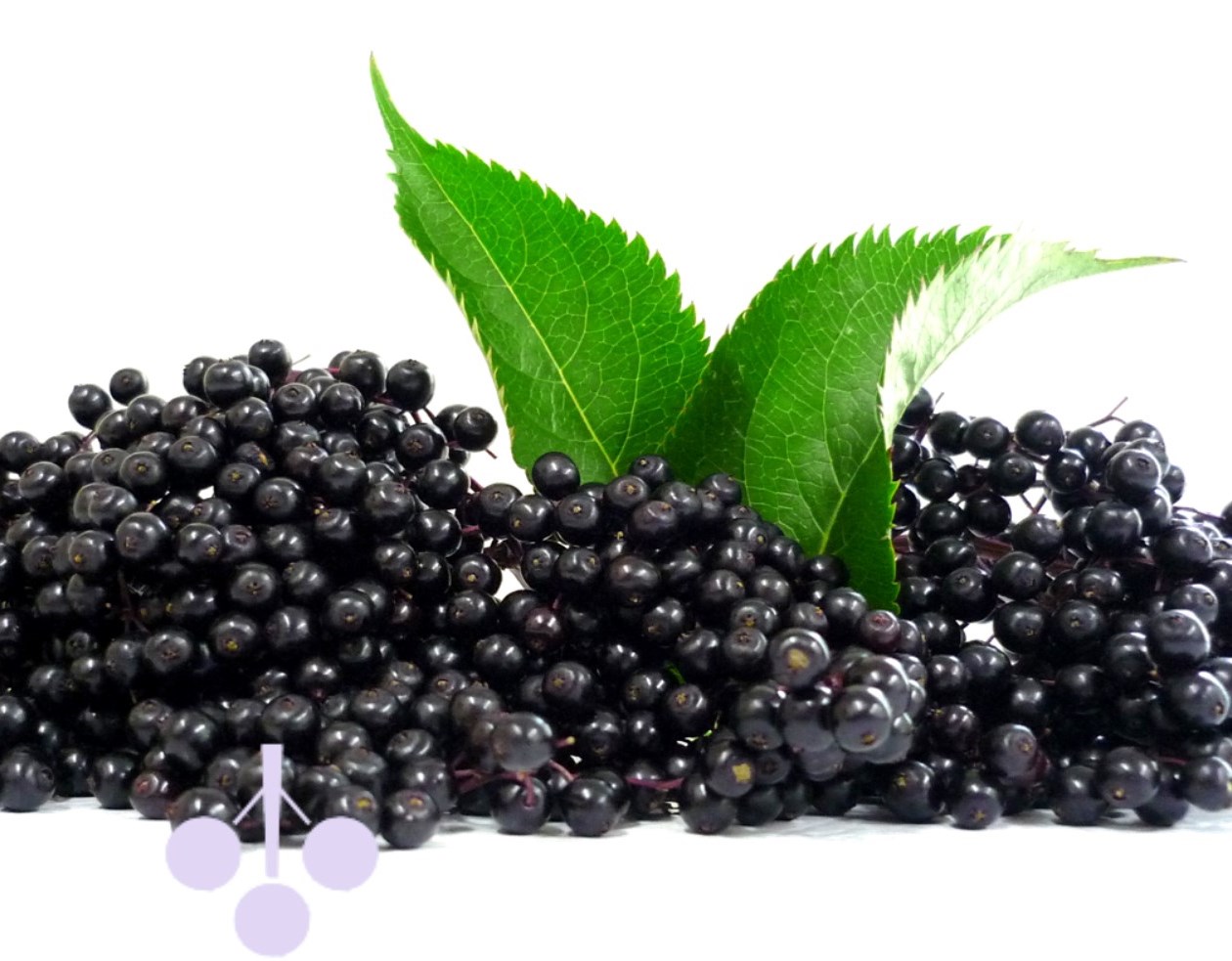
CANADIAN ELDERBERRY (Sambucus canadensis)
2 m high shrub | Flowers in July | Bears fruit in September | 3 to 8 kg of fruit/plant
Elderberries are delicious, edible, small berries that are rich in vitamin A, B6, C, in fibre, minerals, and in polyphenols. These small berries, that grow in clusters, come from a beautiful shrub that flowers during 4 weeks in July and gives its dark purple, almost black fruits in September. Although wild elderberries (native) whose taste is not as pleasant are found in Québec, we now grow elderberries in Québec from cultivars that were specifically developed by Agriculture Canada for fruit production. Although they are delicious, elderberries are rather difficult to eat, as they are difficult to remove from the stalk and to clean. Canadensis elderberries are of the size of wild blueberries and their stems stick to the berries, making them difficult to clean. Furthermore, there is a seed measuring roughly one millimetre that some people can find bothersome in the mouth.
Fruitomed cultivates its fruits with organic methods, without applying pesticides and with the use of organic fertilizers. All of the fruits that Fruitomed transforms are handpicked in order to select only perfectly ripened healthy fruits. The fruits ripen on the tree and are harvested by experienced staff. In order to ensure the quality of our products, we do not harvest any clusters that are dirty, damaged or that touch the ground.
Sambucus CANADENSIS fruits come from Canada (Quebec)
Sambucus NIGRA come from other varieties of elder cultivated in Europe.
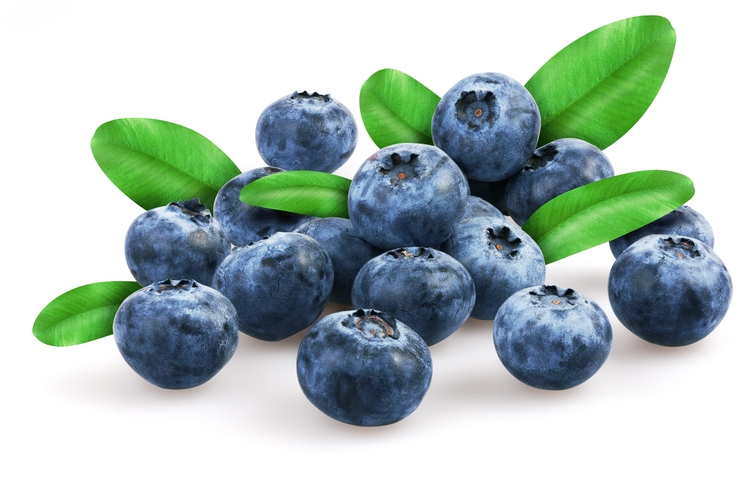
WILD BLUEBERRY (Vaccinium spp.)
Flowers in May | Bears fruit in August
The term “blueberry”, which first appeared in language in 1830, is simply derived from the word “blue”. Blueberries are native to North America while bilberries are native to Eurasia and the west coast of North America. Blueberries have been consumed by North American Indians for hundreds of years. They ate them raw or cooked, by making pemmican, conserved them in animal fat or dried them to eat them in winter.
In Québec, wild blueberries are harvested in two types of territories; forests and blueberry fields that are mainly situated in the Saguenay-Lac-Saint-Jean region. The great fire of 1870 which devastated two thirds of this region is at the origins of the propagation of blueberry plants. In the last decades, the discovery of the role that antioxidants play in human health has re-sparked research scientists’ interest in blueberries.
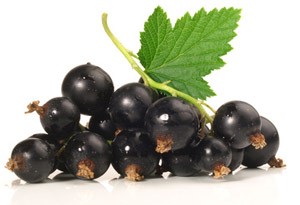
BLACK CURRANT (Ribes nigrum)
1.5 m high shrub | Flowers: end of May | Bears fruit: August | 4 kg of fruit/plant
The black currant is a perennial fruit bush with no thorns native to Europe and Northern Asia. In North America, it is sometimes naturalized on the edge of gardens. The bush is quite hardy and tolerates temperatures as low as –35oC. A black currant plantation can be productive for 20 years. Fruits have a diameter of 10–15 mm.
They are black and nutrient-dense, energizing and exceptionally rich in vitamin C. These berries are also rich in potassium, tannins, fibre and in pigments (anthocyanins), that have an antioxidant effect.
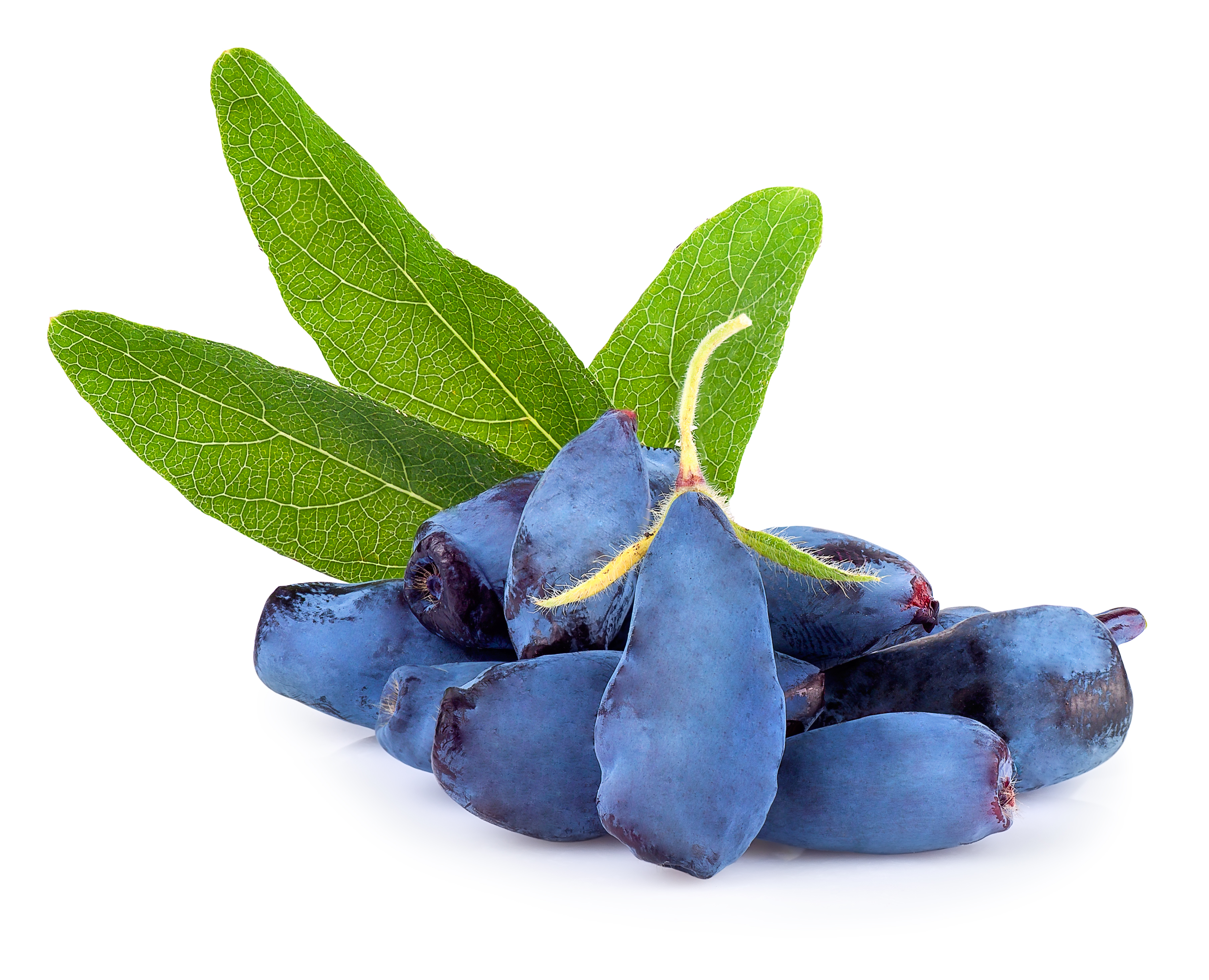
BLUE HONEYSUCKLE BERRY (Lonicera Caerulea sp)
1.5 - 2 m high shrub | Bears fruit in July | 4 kg of fruit/plant
In English, it is also called “haskap”, a Japanese term that means “long-life and good vision berry”. Blue honeysuckle berries are produced by an edible honeysuckle that is found in its wild state throughout the Northern Hemisphere. However, the varieties that are grown in Québec are all new creations developed by research scientists at the University of Saskatchewan from lineage originating in Russia, Japan, and the Kourile islands north of the Land of the rising sun.
The oblong fruit is slightly sweet, often sour and its unique flavour is a marriage of black currant, blueberry and raspberry.
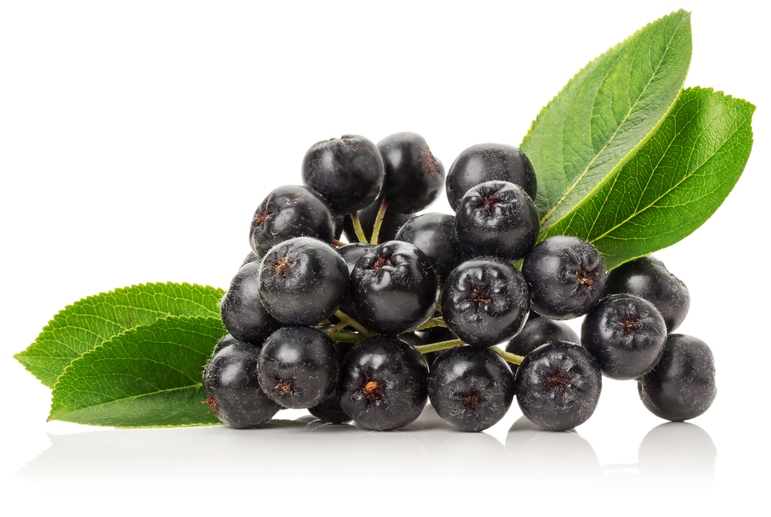
CHOKEBERRY (Aronia melanocarpa)
1 - 2 m high shrub | Flowers in May | Bears fruit in September | 2 kg of fruit/plant
Native of Québec: North American Indians have been eating them for years to heal themselves. The fruits are the same size as black currants and its crown is bumpy, like that of Red Delicious apples, which is why the Germans call it the “apple berry”.
Chokeberries are rich in vitamin C, in folic acid and in antioxidants. The edible variety, Aronia melanocarpa, is black on the outside and red on the inside. Its flavour is often compared to that of the black currant and is astringent when the berry is eaten raw.
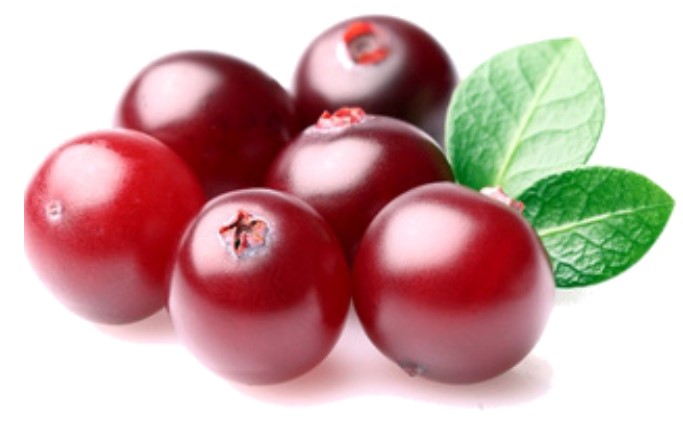
CRANNEBERRY (VACCINIUM MACROCARPON)
Fruits in October | 20,000 pounds/acre
A perennial plant from the Ericaceae family, the cranberry grows naturally in peatland. It is mainly cultivated in sandy soils containing more than 90% sand (only 10% of cranberry growing areas are in organic soils). Cranberries have become more popular over the past few years because their health benefits have been recognized. Since the beginning of the ’80s, numerous researches on cranberries and health have confirmed that one of the cranberry’s specific components, proanthocyanidins, have an anti-adhesive effect on bacteria.
The Central Québec region is fertile grounds for the development of cranberries. At this time, 80% of the Québec cranberry production is grown there and two thirds of Québec’s total production is processed in this region.
The contents provided in the Fruitomed.com site, including texts, graphics, and images are purely informational and are not intended to replace a medical diagnosis or professional medical advice. Copying, reproducing, distributing, publishing, translating, downloading, displaying or sending in any way, shape or form, any element, whether photos, graphics, texts, and tables for commercial purposes is strictly prohibited without the prior written permission of Fruitomed.com.
